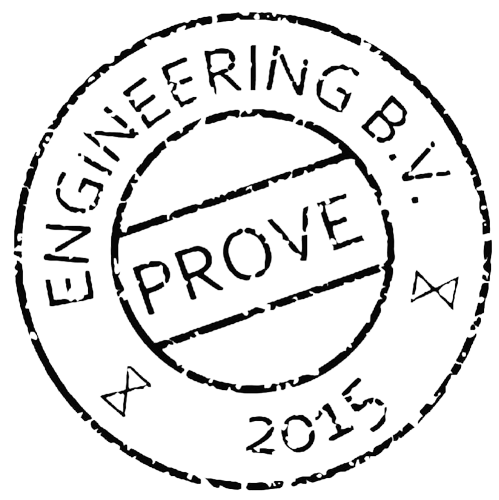Conducting a periodic Hygienic Design Review of your existing or newly designed plant is important for several reasons
Food Safety: Ensuring that machinery and equipment meet hygienic design standards helps prevent contamination of food products, safeguarding consumer health and safety.
Regulatory Compliance: Many countries have strict regulations and standards governing food processing equipment. Conducting a hygienic design review ensures compliance with these regulations, avoiding potential legal issues and fines.
Cost Savings: Investing in hygienic design upfront can result in long-term cost savings. Machinery that is easy to clean and maintain reduces downtime and repair costs, ultimately improving operational efficiency.
Risk Management: Identifying and addressing potential hygiene risks through a design review mitigates the risk of product recalls, contamination incidents, and associated financial losses.
Market Access: Meeting hygienic design standards may be a prerequisite for accessing certain markets or customers, both domestically and internationally. For instance, compliance with BRC standards is often a requirement for suppliers seeking to do business with retailers and food service companies in the UK and internationally.
Employee Safety: Hygienic design not only protects food products but also ensures the safety of workers who operate and maintain the equipment. Minimizing hazards improves workplace safety and reduces the risk of injuries.
Continuous Improvement: Regular reviews and updates to equipment design demonstrate a commitment to continuous improvement in food safety and quality management systems.

